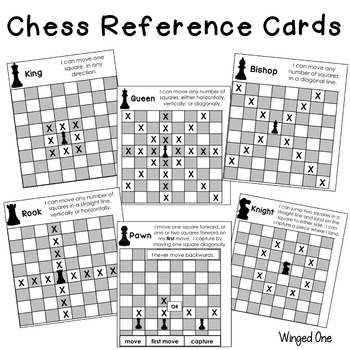


Only queens, rooks and bishops can form a battery.

In chess, a battery refers to lining up two or more pieces on the same diagonal, rank or file. The point is that after 1… Kxf6, white will play 2.Bc3+, a skewer that wins the black rook on h8. AttractionĪttraction tactics occur when you lure (or force) an enemy piece onto a square where it will become vulnerable to another tactical ideas:ĭiagram above: 1.Rxf6 attracts the black king to the f6-square. But on this page you will find a fairly comprehensive list of chess tactics, 56 in total, with simplified examples of how they work. Many tactical patterns share similar ideas with other named patterns and because of this overlap it’s difficult to say exactly how many unique tactics exist. For the sake of completeness I’ll add examples of all the common terms, even if they are sometimes essentially the same thing as another term. For example: attraction, deflection, decoy and removing the defender can in some situations appear to be the same thing. When you study the examples, you will note that some of the patterns share similar features. The above list of chess tactics is quite long. List of Chess Tacticsįor easy reference the tactical patterns are listed in alphabetical order: Also, instructive comments on each exercise will help you understand the solutions. What makes this collection of tactical puzzles better than computer-generated online databases is that they were all hand-selected in order to optimize their educational value.

On this page I’ll give examples of all the tactical patterns, but if you want to make an in-depth study of these patterns, then check out the: TACTICAL PATTERNS BUNDLE DEAL Here’s a quick overview of the names of the tactical patterns you will learn about on this page: List of Chess Tactics. It’s a good idea to review this lesson from time to time in order to reinforce your understanding of all the tactical patterns. On this page you will find a list of 56 tactical ideas (and an example of each).


 0 kommentar(er)
0 kommentar(er)
